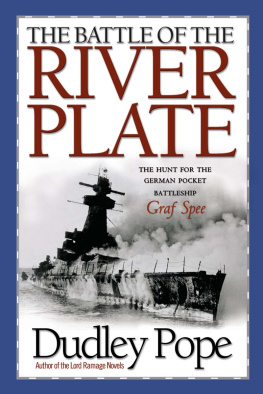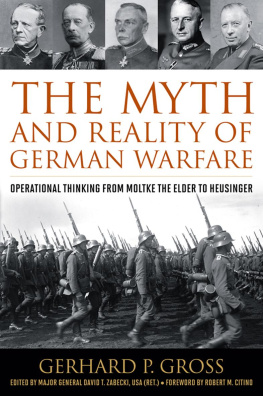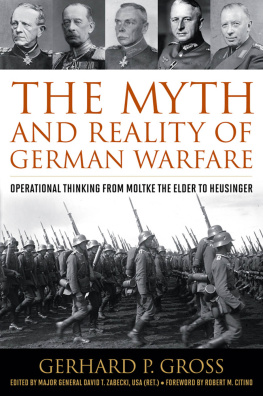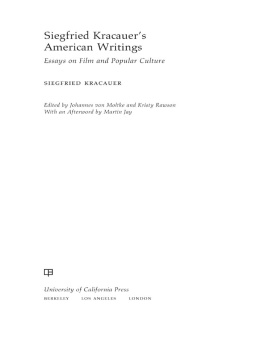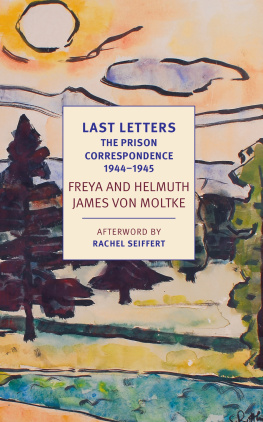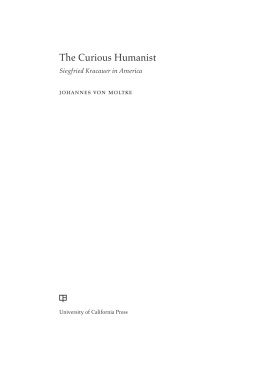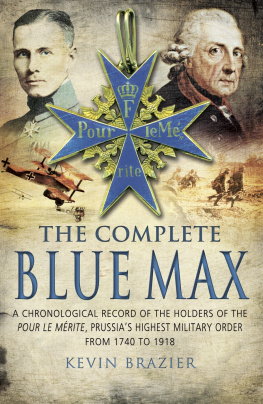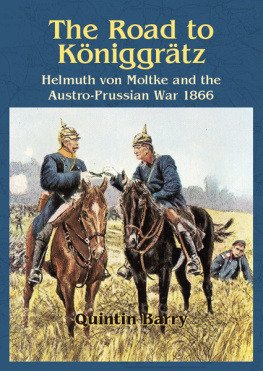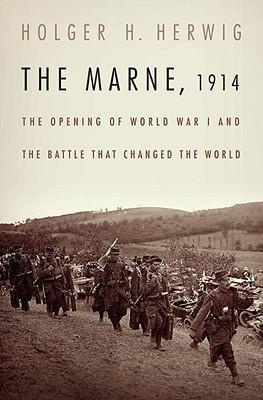Hughes Daniel J. - Moltke on the art of war: selected writings
Here you can read online Hughes Daniel J. - Moltke on the art of war: selected writings full text of the book (entire story) in english for free. Download pdf and epub, get meaning, cover and reviews about this ebook. City: Novato;CA, year: 1995;2012, publisher: Random House Publishing Group;Presidio Press, genre: History. Description of the work, (preface) as well as reviews are available. Best literature library LitArk.com created for fans of good reading and offers a wide selection of genres:
Romance novel
Science fiction
Adventure
Detective
Science
History
Home and family
Prose
Art
Politics
Computer
Non-fiction
Religion
Business
Children
Humor
Choose a favorite category and find really read worthwhile books. Enjoy immersion in the world of imagination, feel the emotions of the characters or learn something new for yourself, make an fascinating discovery.

- Book:Moltke on the art of war: selected writings
- Author:
- Publisher:Random House Publishing Group;Presidio Press
- Genre:
- Year:1995;2012
- City:Novato;CA
- Rating:5 / 5
- Favourites:Add to favourites
- Your mark:
- 100
- 1
- 2
- 3
- 4
- 5
Moltke on the art of war: selected writings: summary, description and annotation
We offer to read an annotation, description, summary or preface (depends on what the author of the book "Moltke on the art of war: selected writings" wrote himself). If you haven't found the necessary information about the book — write in the comments, we will try to find it.
Moltke on the art of war: selected writings — read online for free the complete book (whole text) full work
Below is the text of the book, divided by pages. System saving the place of the last page read, allows you to conveniently read the book "Moltke on the art of war: selected writings" online for free, without having to search again every time where you left off. Put a bookmark, and you can go to the page where you finished reading at any time.
Font size:
Interval:
Bookmark:
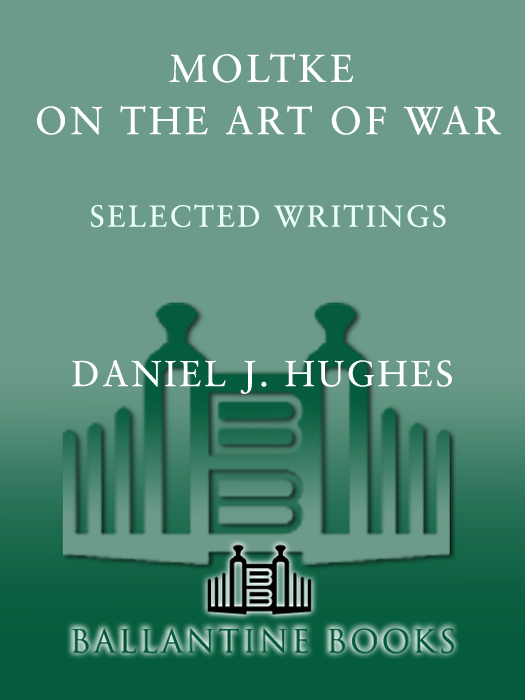

Helmuth von Moltke, the Prussian chief of staff who, together with Bismarck, masterminded the wars of German Unification, was a prolific writer. In this important book we have a wide-ranging collection of his essays orders, ranging from philosophical reflections on the nature of war to instructions for handling wagon trains. The 1869 Instructions for Large In it Commanders is along worth the price of the volume: a careful reading of that document helps explain the approach to war and command that helped make the Germans so formidable in the field for almost a century. Moltke molded the Prussian and ultimately the German army at a time of technological and economic change. For that reason as well, this book deserves a much wider audience than those interested in nineteenth-century military history.
Eliot A. Cohen, Foreign Affairs
This valuable work ably compiles the selected writings on the art of war of one of military historys greatest geniuses. von Moltke laid not only the foundation for Prussian/German military thought, he decisively influenced modem military theory. His impact on American military thinking persists, especially in various military staff college curricula.
Fritz Heinzen, Armed Forces Journal International
Although, Moltke was primarily concerned with the military problems of his own time, there is an enduring quality to his discussions of the problems of operations and command. I highly recommend this book.
James S. Corum, The Journal of Military History
[Moltke on the Art of War is] a thoughtfully edited, well-translated anthology that merits a place in any serious collection on the craft of war in the modern Western world.
Dennis Showalter, War in History
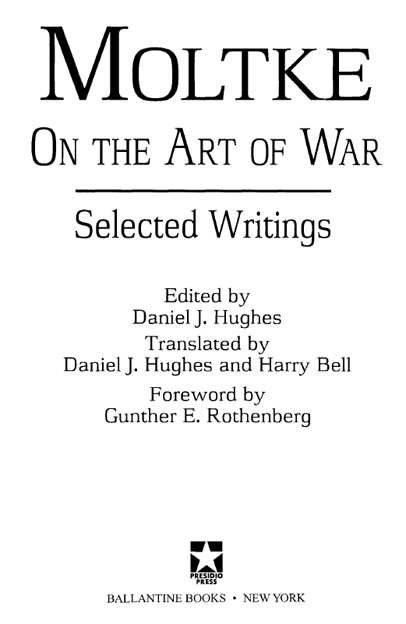
A Presidio Press Book
Published by The Random House Ballantine Publishing Group
Copyright 1993 by Daniel J. Hughes
All rights reserved under International and Pan-American Copyright Conventions. Published in the United States by The Random House Ballantine Publishing Group, a division of Random House, Inc., and simultaneously in Canada by Random House of Canada Limited, Toronto.
Presidio Press is a trademark of Random House, Inc.
www.ballantinebooks.com
Library of Congress Cataloging-in-Publication Data
Moltke, Helmuth, Graf Von, 1800-1891.
[Kriegslehren, English. Selections]
Moltke on the art of war : selected writings / edited by Daniel J. Hughes : translated by Daniel J. Hughes and Harry Bell : foreword by Gunther Rothenberg.
p. cm.
Selections primarily from v.4 of Militrische werke, entitled Kriegslehren.
Includes bibliographical reference.
eISBN: 978-0-307-53851-2
1. Military art and science. I. Hughes, Daniel J., 1946
II. Title.
U102.M6732513 1993
335dc20 92-43445
v3.1
On June 2, 1866, King William I of Prussia directed that Gen. Helmuth Karl Bernhard von Moltke, Prussias chief of the General Staff, henceforth was authorized to issue orders directly to the operational commands. The royal order created a command relationship that effectively made Moltke the field commander of the Prussian armies assembled to fight Austria and its German allies. Although Moltke had held his position since 1857, he still was little known in the army. When several days later a Prussian divisional commander received an operations order signed Moltke, he is reported to have exclaimed, All this appears to be in good order. But who is this General von Moltke? His question would soon be answered.
Almost exactly one month later, on July 3, two Prussian armies, executing Moltkes bold and ambitious plan for what has come to be called a battle of annihilation, fixed the Austrian main army deployed in strength on the heights northeast of Kniggrtz with a series of frontal attacks. The battle remained undecided until just before noon, when a third Prussian army arrived to take the Austrian position in the right flank. With his position untenable, the Austrian commander ordered a withdrawal, which was orderly at first but turned into a near rout. Even so, arguably because his subordinate commanders were less willing than he to accept risks, Moltkes brilliantly conceived design fell short of perfection. The Austrian army was defeated but not annihilated. The bulk of it managed to escape, but for the time being it no longer constituted a cohesive fighting forcea fact recognized by the government in Vienna, which lost the will to continue the war and three days after the battle decided to seek peace terms.
Kniggrtz ended the struggle for hegemony in Germany and propelled Moltke into the front ranks of the great soldiers. When night fell over the battlefield no one asked any longer who General Moltke was. A campaign of only six weeks had ended with a decisive victory over the army of a major power, a power which at the outset of the war had been widely held to be superior to the Prussians. Moltkes reputation was further enhanced by the equally unexpected and rapid defeat of the Imperial French army in 1870.
These surprising results had been achieved by the application of Moltkes innovative theories. Most experts believe that the firepower of the new rifled weapons and the extended frontages occupied by ever-larger armies transported and supplied by railroads had made frontal attacks futile and flanking maneuver impossible. During the wars of 1859 and 1864, and in the American Civil War, these developments had created a near deadlock on the battlefield with a clear advantage for the defense, pointing toward future wars of attrition. But Prussia, a medium power with exposed frontiers, facing potential enemies on several fronts, could not afford to fight wars of attrition. It needed to achieve a rapid decision.
Moltkes solution, demonstrated in the campaigns of 1866 and 1870, was an adaption of the Napoleonic precepts of offensive war to the realities of the industrial age. His method combined rapid mobilization, transportation, deployment, movement, and combat into one continuous sequence, making every effort to bring superior numbers into the final decisive battle. With his forces initially deployed widely dispersed outside the tactical zone, Moltke intended to place the adversary between converging wings and then, with his own armies concentrating only on the day of battle, destroy him in a complete or at least partial envelopment, the Kesselschlacht.
To plan and execute this strategic sequence, Moltke enhanced the role of the Prussian staff officers and created the modern general staff system. No longer confined to administration and planning, this highly select and intensely professional elite was to participate with the commanders in coordinating the actions of the widely dispersed formations, an essential element in Moltkes strategic methods. In war, Moltke held, nothing was certain. No plan of operations, he wrote, survives the first collision with the main body of the enemy. Therefore, he concluded, strategyand in this context he included operations and even tacticswas little more than a system of expedients. Even so, the first, albeit all important, phases in the strategic sequencemobilization and transport schedules, and the initial deploymentcould be tightly controlled by good staff work on the expanding railroad and telegraph network. But once the armies were deployed, Moltke rarely issued more than a general outline of his plans. Army and major formation commanders were to act within the framework of general directives as opposed to precise orders, with their staff officers providing any necessary interpretation and guidance. Although criticized by some, this approach, a key component of Moltkes methods, provided the necessary flexibility to deal with different and unexpected situations, demonstrated by his use of external lines of operation in 1866 and internal lines in 1870.
Font size:
Interval:
Bookmark:
Similar books «Moltke on the art of war: selected writings»
Look at similar books to Moltke on the art of war: selected writings. We have selected literature similar in name and meaning in the hope of providing readers with more options to find new, interesting, not yet read works.
Discussion, reviews of the book Moltke on the art of war: selected writings and just readers' own opinions. Leave your comments, write what you think about the work, its meaning or the main characters. Specify what exactly you liked and what you didn't like, and why you think so.

